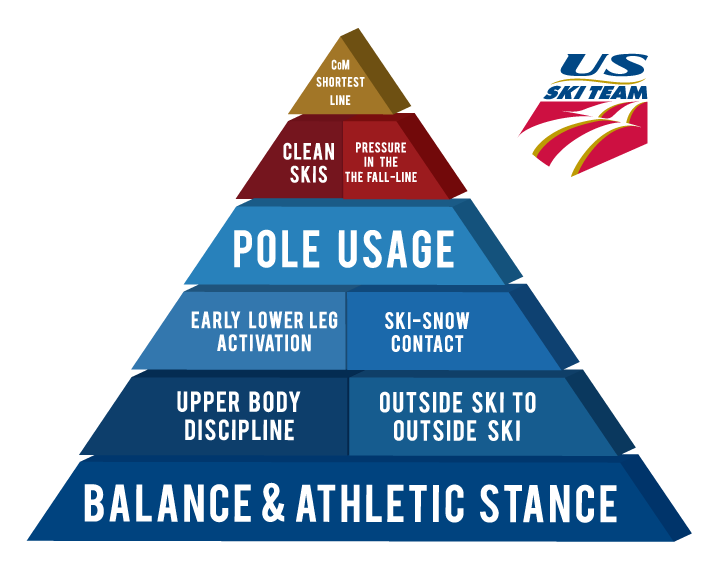The original comment has a context you are disregarding. The mention of highly focused was in regard to weighting and not a full description of all aspects of a turn. The idea being that I don’t focus at all on the percent of BFW or whatever you want to call it on the inside ski. I explained that.
Yes, I can focus on both, along with my hands, poles and many other things. I can walk and chew gum at the same time. If you are not satisfied with my explanations in post #159 so be it.
Yes, I can focus on both, along with my hands, poles and many other things. I can walk and chew gum at the same time. If you are not satisfied with my explanations in post #159 so be it.


